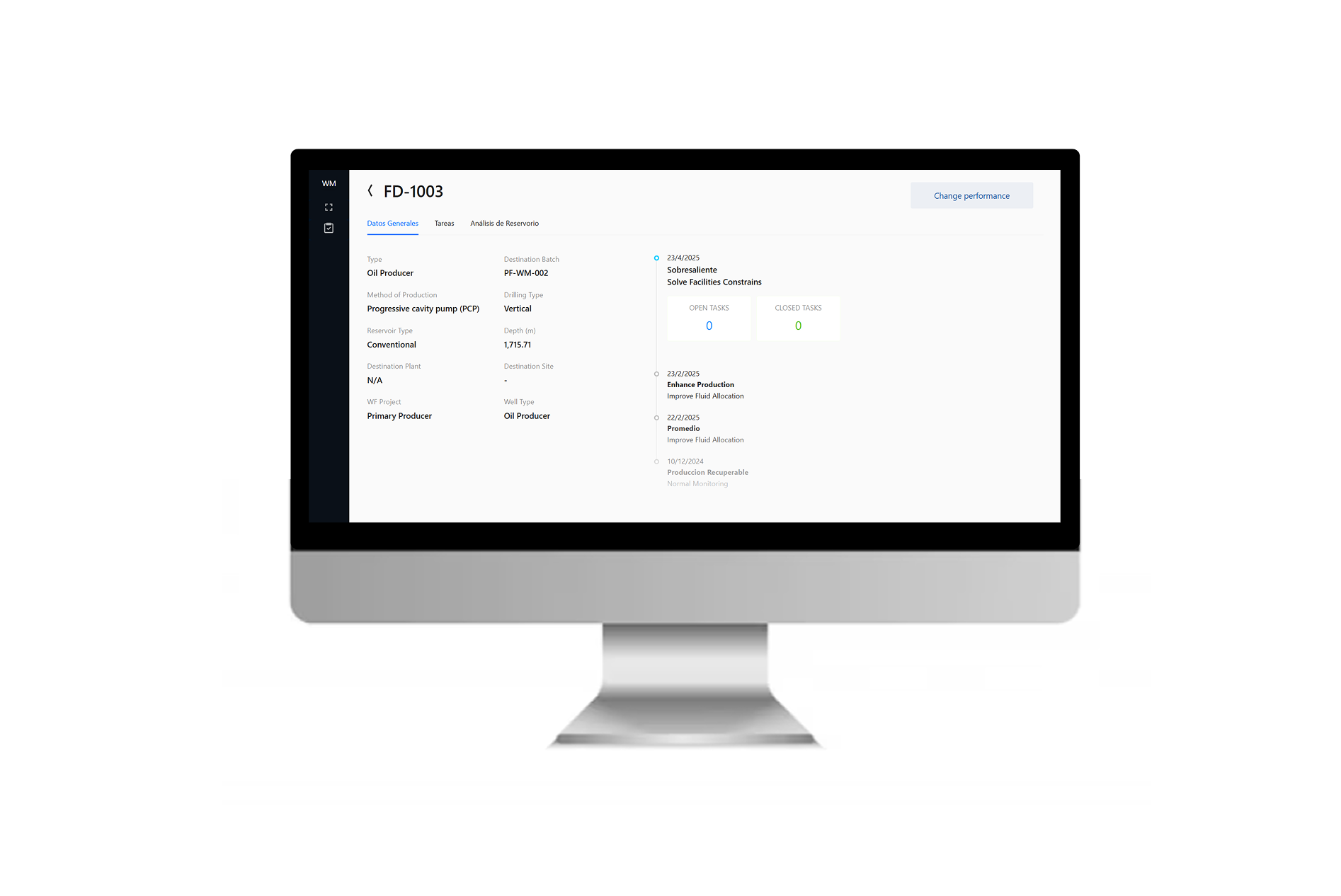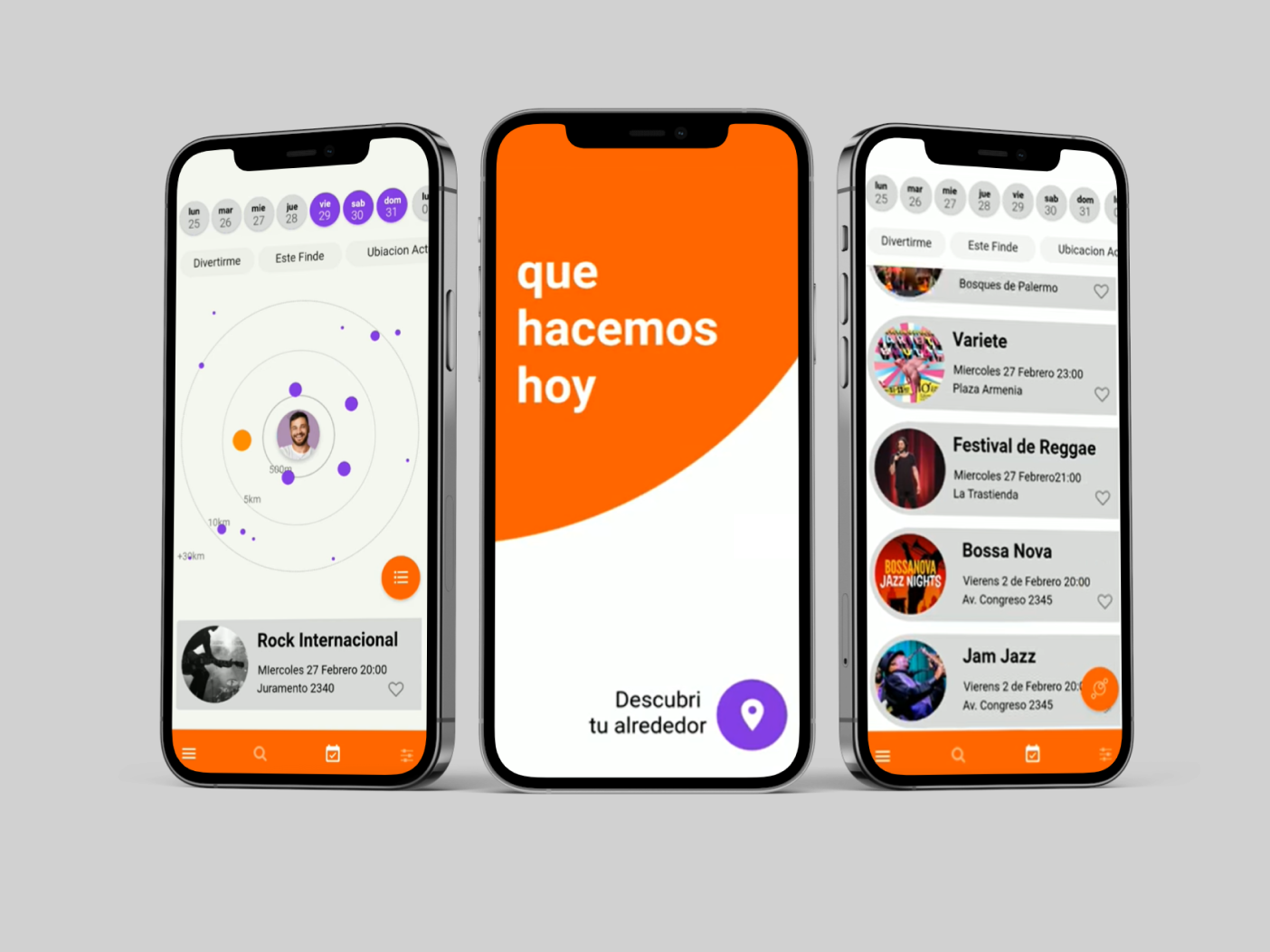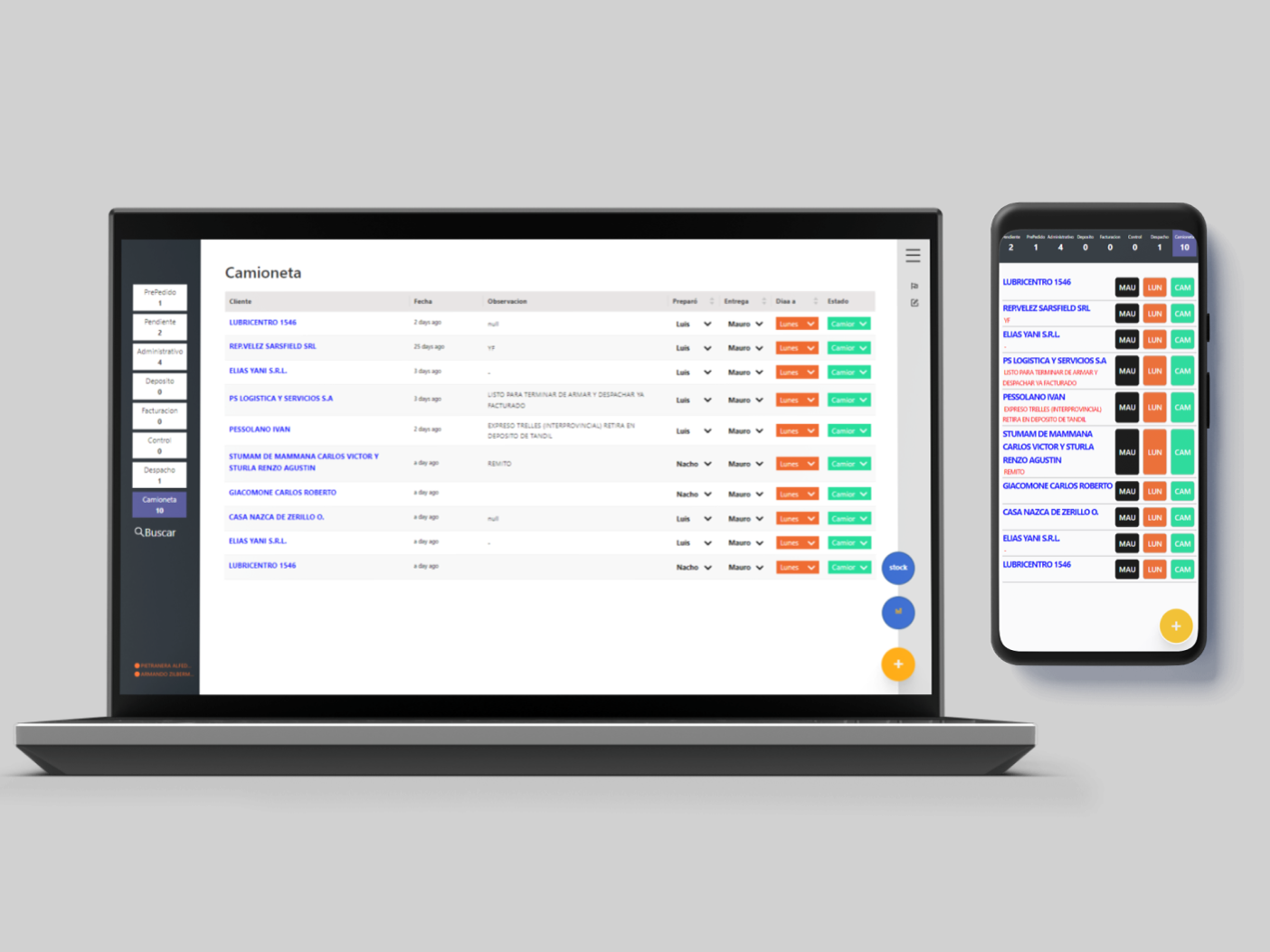Objective
Build an intuitive platform that makes it easy for individuals to buy and sell used clothing online, with a focus on accessibility, speed, and user trust.
Segment
Second-hand clothing market – mainly individual sellers and buyers (not wholesalers), with a special emphasis on children’s apparel sold by the piece.
My Role
I led the project as both Product Designer and Full-Stack Developer, overseeing the product vision, interface design, technical implementation, and iterative testing..
About the Project
This project was inspired by the observation that many people, especially parents, buy and sell used clothes informally through WhatsApp groups. These networks are very active, but fragmented and unstructured. There wasn’t a dedicated platform where users could easily upload, browse, and purchase individual clothing items without being forced into buying bulk lots or using inefficient communication channels.
I set out to create a simple, web-based solution that replicated the ease and spontaneity of WhatsApp, but with better structure and scalability.
From a technical perspective, the project involved:
Developing an image processing pipeline in Python to compress photos and remove backgrounds automatically, improving both user experience and page load performance.
Using Hotjar to analyze user sessions, identify friction points, and iteratively refine the UI and user flow.
Implementing a frictionless login system using WhatsApp as a 2FA (two-factor authentication) method, allowing users to sign in with just their phone number—no email or password required.
Challenges
- Authentication without email: Many users in this demographic are not comfortable with typical signup flows. I built a custom login system that allowed users to authenticate using just their phone number and a WhatsApp-based confirmation, bypassing the need for emails or passwords entirely.
Image optimization: Sellers frequently upload poor-quality images. I developed a batch script using Python to resize, compress, and remove backgrounds, ensuring consistent visual quality and faster page loading without requiring user intervention.
User behavior adaptation: Since users were used to the informal, conversational nature of WhatsApp, the interface had to feel casual and familiar. I avoided complex filters or category hierarchies in favor of a lightweight, feed-based layout with smart search and tagging.





